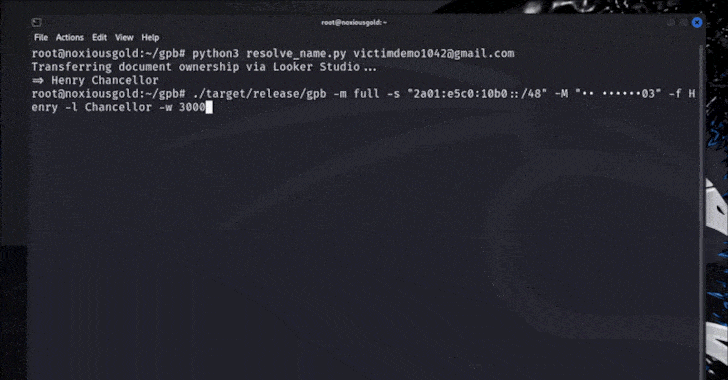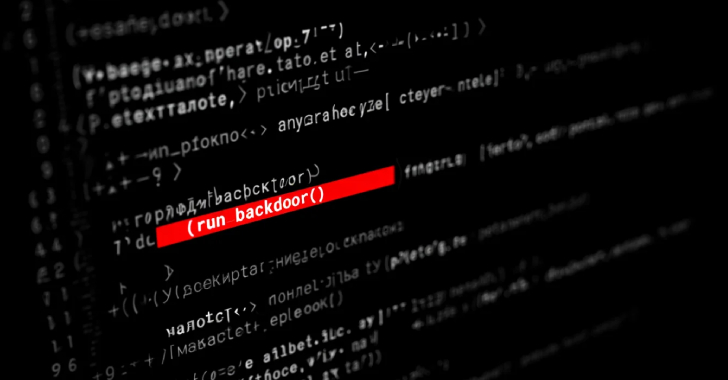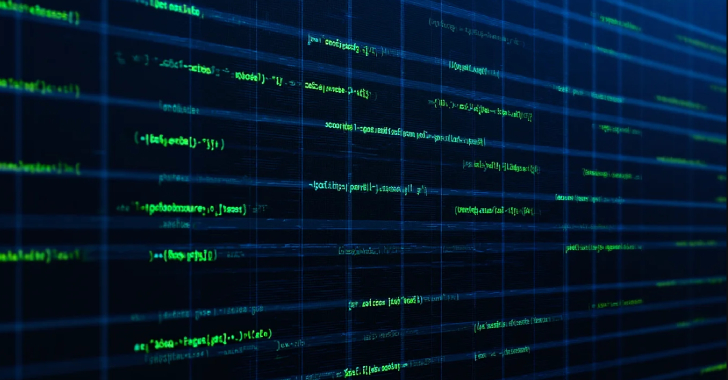Category: Uncategorized
-
How to choose coding standards: Development best practices
Learn how coding standards enhance quality and efficiency in software projects. Follow coding conventions and standards to achieve the five pillars of code quality.Read More
-

The Hidden Threat in Your Stack: Why Non-Human Identity Management is the Next Cybersecurity Frontier [email protected] (The Hacker News)
Modern enterprise networks are highly complex environments that rely on hundreds of apps and infrastructure services. These systems need to interact securely and efficiently without constant human oversight, which is where non-human identities (NHIs) come in. NHIs — including application secrets, API keys, service accounts, and OAuth tokens — have exploded in recent years, thanks…
-
12 common types of malware attacks and how to prevent them
More than one billion active malware programs exist worldwide. Is your organization prepared to prevent these 12 types of malware attacks?Read More
-

Researcher Found Flaw to Discover Phone Numbers Linked to Any Google Account [email protected] (The Hacker News)
Google has stepped in to address a security flaw that could have made it possible to brute-force an account’s recovery phone number, potentially exposing them to privacy and security risks. The issue, according to Singaporean security researcher “brutecat,” leverages an issue in the company’s account recovery feature. That said, exploiting the vulnerability hinges on several…
-
Symmetric vs. asymmetric encryption: Understand key differences
Explore the differences between symmetric vs. asymmetric encryption, including how they work and common algorithms, as well as their pros and cons.Read More
-

Rare Werewolf APT Uses Legitimate Software in Attacks on Hundreds of Russian Enterprises [email protected] (The Hacker News)
The threat actor known as Rare Werewolf (formerly Rare Wolf) has been linked to a series of cyber attacks targeting Russia and the Commonwealth of Independent States (CIS) countries. “A distinctive feature of this threat is that the attackers favor using legitimate third-party software over developing their own malicious binaries,” Kaspersky said. “The malicious functionality…
-

CISA Adds Erlang SSH and Roundcube Flaws to Known Exploited Vulnerabilities Catalog [email protected] (The Hacker News)
The U.S. Cybersecurity and Infrastructure Security Agency (CISA) on Monday added two critical security flaws impacting Erlang/Open Telecom Platform (OTP) SSH and Roundcube to its Known Exploited Vulnerabilities (KEV) catalog, based on evidence of active exploitation. The vulnerabilities in question are listed below – CVE-2025-32433 (CVSS score: 10.0) – A missing authentication for a criticalRead…
-

Over 70 Organizations Across Multiple Sectors Targeted by China-Linked Cyber Espionage Group [email protected] (The Hacker News)
The reconnaissance activity targeting American cybersecurity company SentinelOne was part of a broader set of partially-related intrusions into several targets between July 2024 and March 2025. “The victimology includes a South Asian government entity, a European media organization, and more than 70 organizations across a wide range of sectors,” security researchers Aleksandar Milenkoski and TomRead…
-
Two Distinct Botnets Exploit Wazuh Server Vulnerability to Launch Mirai-Based Attacks [email protected] (The Hacker News)
A now-patched critical security flaw in the Wazur Server is being exploited by threat actors to drop two different Mirai botnet variants and use them to conduct distributed denial-of-service (DDoS) attacks. Akamai, which first discovered the exploitation efforts in late March 2025, said the malicious campaign targets CVE-2025-24016 (CVSS score: 9.9), an unsafe deserialization vulnerability…
-

Two Distinct Botnets Exploit Wazuh Server Vulnerability to Launch Mirai-Based Attacks [email protected] (The Hacker News)
A now-patched critical security flaw in the Wazur Server is being exploited by threat actors to drop two different Mirai botnet variants and use them to conduct distributed denial-of-service (DDoS) attacks. Akamai, which first discovered the exploitation efforts in late March 2025, said the malicious campaign targets CVE-2025-24016 (CVSS score: 9.9), an unsafe deserialization vulnerability…
